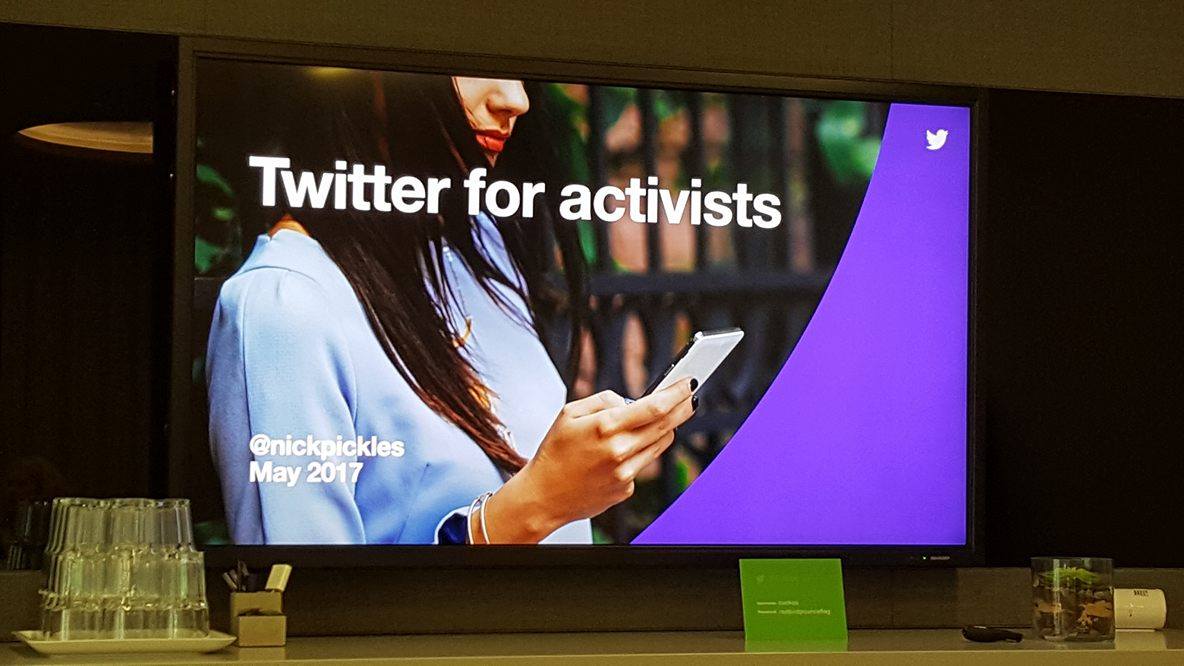On May 22 – 26, Anni Säär from the Estonian Human Rights Centre attended a seminar in London titled „Media Tools Against Hate Speech“. The seminar’s main focus was on creating media strategies, how to conduct a succesful campaign, how to prevent and minimize hate speech and discriminatory content in social media as well as traditional media outlets.
Half of the seminar was dedicated to social media –how to use social media most effectively to raise awareness and prevent hate speech, and how to determine what should be dealt with or ignored. Attendees were informed of the importance of visual communication as well as the structure and efficient ways of commenting. Among other things, the seminar addressed the concept of ethical media – responsible reporting and media manipulation – and the workshop on this subject was conducted by Tom Law from the ethical journalism network. The network as come up with a 5-point checklist for ethical and acceptable reporting, which will soon be translated into Estonian by the Human Rights Centre, so it could become an useful tool.

The week of training saw presentations from experts and professors of various fields as well as representatives from social media companies. Matt Cooke, a representative of Google, introduced the possibilities that Google offers to verify the sources for online information, verify information (images, text, videos), search for information effectively and use Google’s map system (for example, Google Maps, Google Earth Pro). The participants also spent two days in the offices of Twitter, to get a better overview of how the social media platform works, what are its opportunities and methods, and how does Twitter address the question of hate speech. The content is mainly monitored based on keywords, but that might unfortunately mean the context won’t be taken into account (even posts that were meant to be sarcastic may be removed).
Twitter is actively used by 328 million people a month, 77% of whom reside outside the US, and 40% of users are „listeners“, meaning they don’t tweet themselves. The biggest or most special tweets that have made their way from the platform into the real world were, for example, #illridewithyou and #putoutyourbats, which again shows that social media is a powerful tool that reaches outside the virtual world.
One aspect of the seminar was the issue of fake news, their spread and how to tackle them. For example, a story about police having caught some Eastern Europeans who reportedly were eating swans. Among other things, the article mentioned that the swans belong to the Queen and should only be eaten by the royal family. The story had been made up, of course, but nevertheless spread on social media, re-emerging from time to time. This effectively shows how difficult it is to debunk a story once it’s become popular and to prevent its spread even if it’s become clear that the news is fake. Overall, the seminar can be summarized in two rules: THINK before you click! CHECK before you share!
Since you are here...
It is important to protect everyone’s human rights, because it helps to keep stability and peace in the society. There are many challenges for protection of human rights in Estonia: intolerance has really come out of the closet. Bad things happen when good people are too passive, but together we can make a change.
Estonian Human Rights Centre is the competent, accountable and impactful independent human rights organisation in Estonia. Your recurring or one-time donation helps to stand up for human rights everywhere: in courts, in the media, in schools, in the workplace, on the streets and in governmental venues.
Donating is easy, and you can use your credit card if donating from abroad.
Donate now